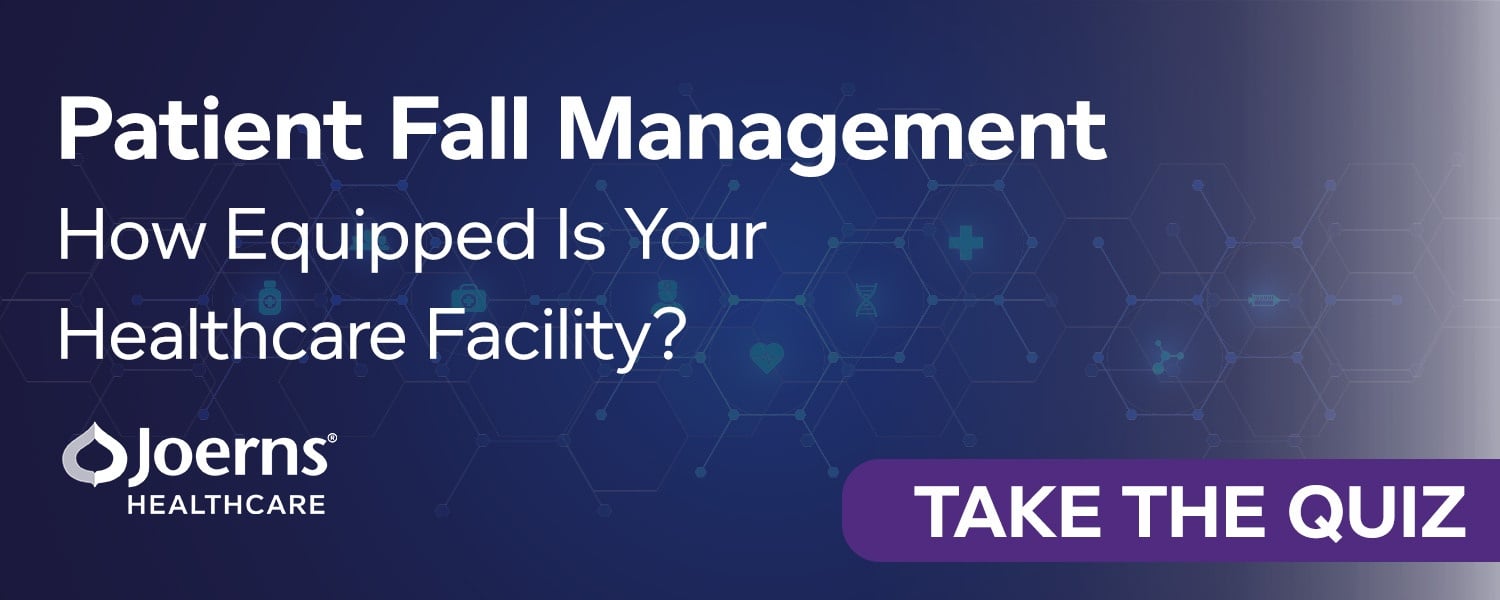In their most vulnerable state, your patients turn to you. They require care in every detail, from their daily meals to the bandages used by your facility.
Falls management plays an important role in ensuring that patients of all ages and strengths have the time to rest and recover from their original illnesses and injuries. The following fall risk factors can be easily solved during treatment plan development equipment management processes.
Outdated Equipment & Environmental Factors
When analyzing your facility, consider the fall risk factors in the environment to determine what might need to change in the months ahead. Continuously updating equipment, railings, steps, ramps, and slip guards in your facility can prevent expensive accidents. It can also help a facility avoid running into a shortage in equipment or repair services.
Furthermore, with refreshed equipment and surroundings, your facility or services will gain a boost in reputation for providing the best of care. A falls management program can help automate the manual processes for keeping up with each item as it goes through its lifecycle.
Lack of Protocol
The likelihood of improved falls management overall can be raised by a set protocol, replete with instructions for each employee to follow when a patient is identified as having enhanced fall risk factors. People of all ages and abilities may relax knowing that they are taken care of both at home and in a facility thanks to prepared equipment, sterilized environments, and workers who have been informed.
Advanced age, the use of destabilizing drugs, eyesight impairment, bone or joint damage, and balance issues are all additional fall risk factors that patients should be aware of. Each issue may call for specific procedures and tools, such as handrails for the blind or ramps for people with leg problems.
Improper Use of Devices
No matter how up-to-date your equipment and facilities might be, your staff might not be able to understand how to use the tools they need to mediate fall risk factors. Proper distribution of materials and intuitive software will help employees, nurses, and technicians to better understand how to implement machines or assets.
Remove the manual labor that comes with locating a necessary asset and mark it with asset tracking software. This action adds minutes that they count when it comes to handling falls management.
No Fall Risk Assessment Tools
Studies have found that a fall risk assessment tool can determine patients who have the highest risk for catastrophic falls. These tools will assist nurses and doctors when it comes to triaging patient care.
While generic fall risk factor assessment might not work as well, customizing one of these tools can help your facility or service prevent falls or other injuries. Fall risk assessment tools analyze the age, gender, medication is taken, depression, state of mind, vertigo, administration of drugs that induce dizziness, and the ability to get up and go in one movement.
Address Fall Risk Factors Through Falls Management Initiatives
It’s impossible to prevent falls 100% of the time, however your facility can build or improve an existing falls prevention program for patient safety and health. Utilizing patient equipment that suits your needs is a vital component of mitigating fall risk factors.
Joerns Healthcare has been a leader in the sector with improvements made over the years to guarantee the safety of both patients and providers. Our wide range of products provide solutions for practically any patient situation. Contact us to help prevent falls and meet the unique needs of your facility.
